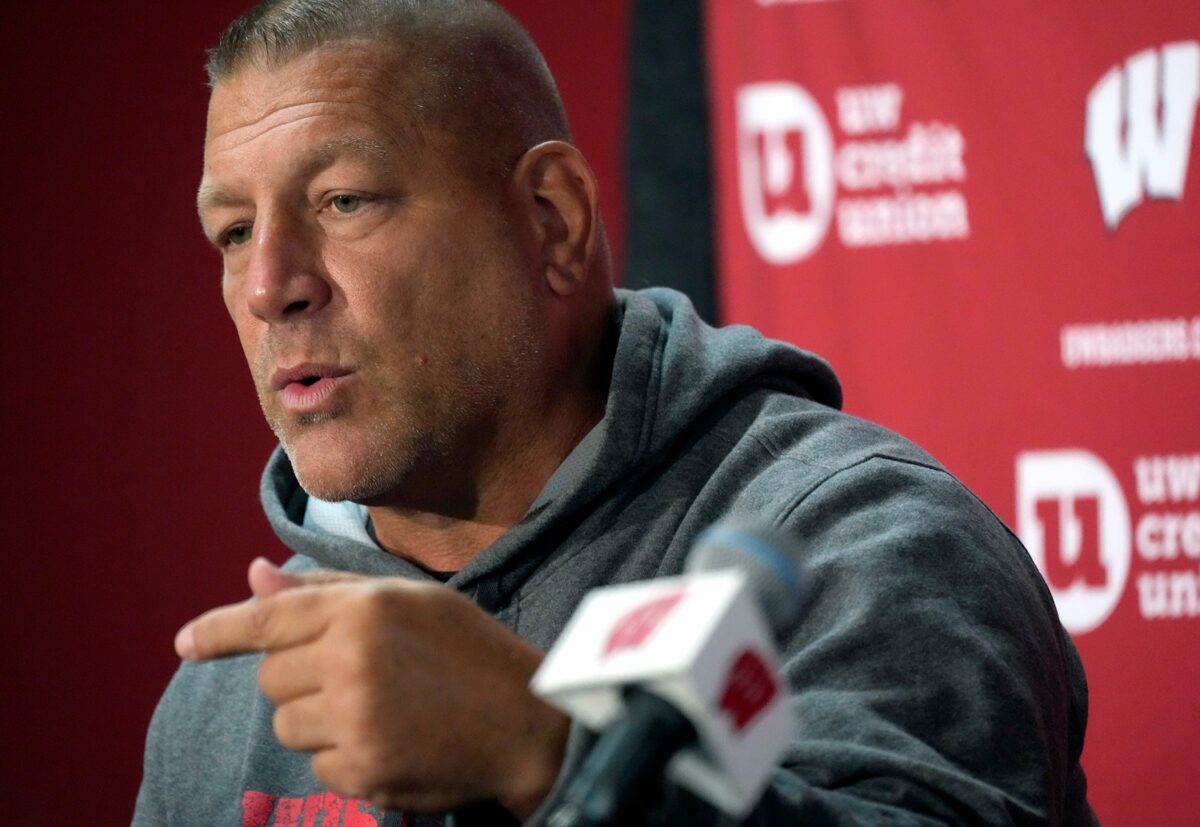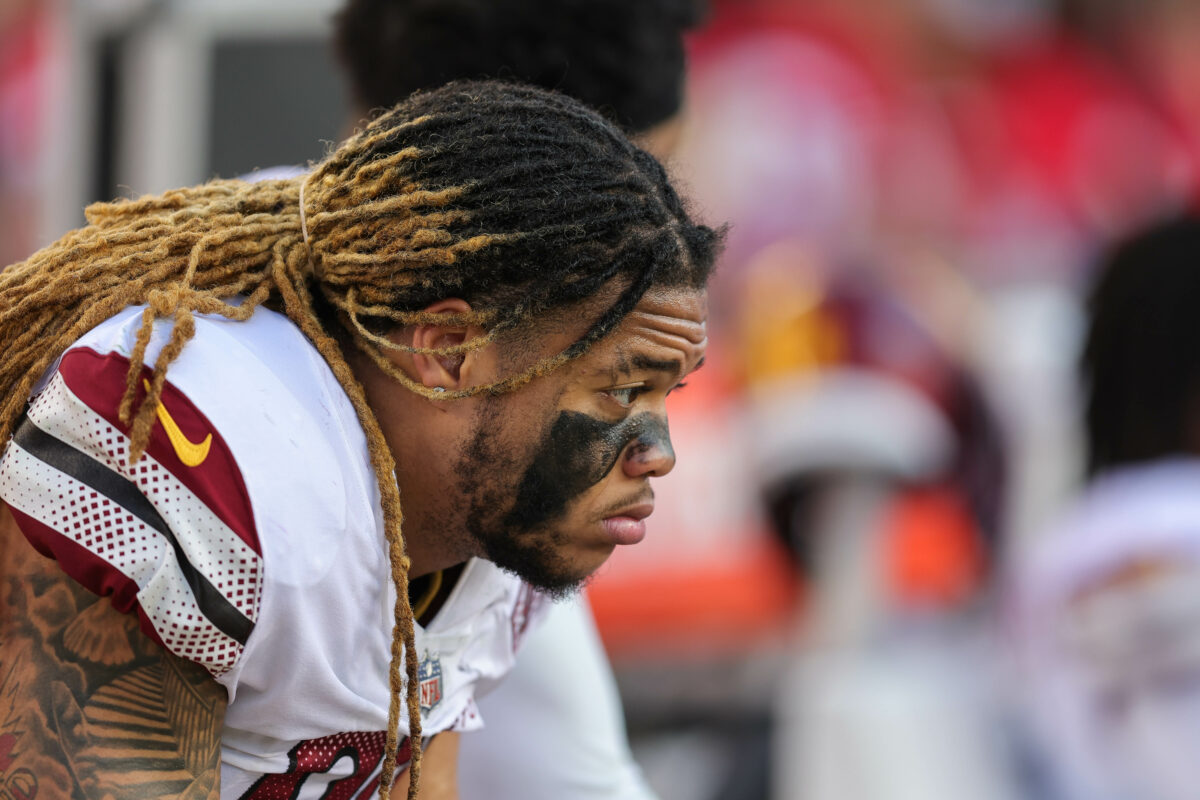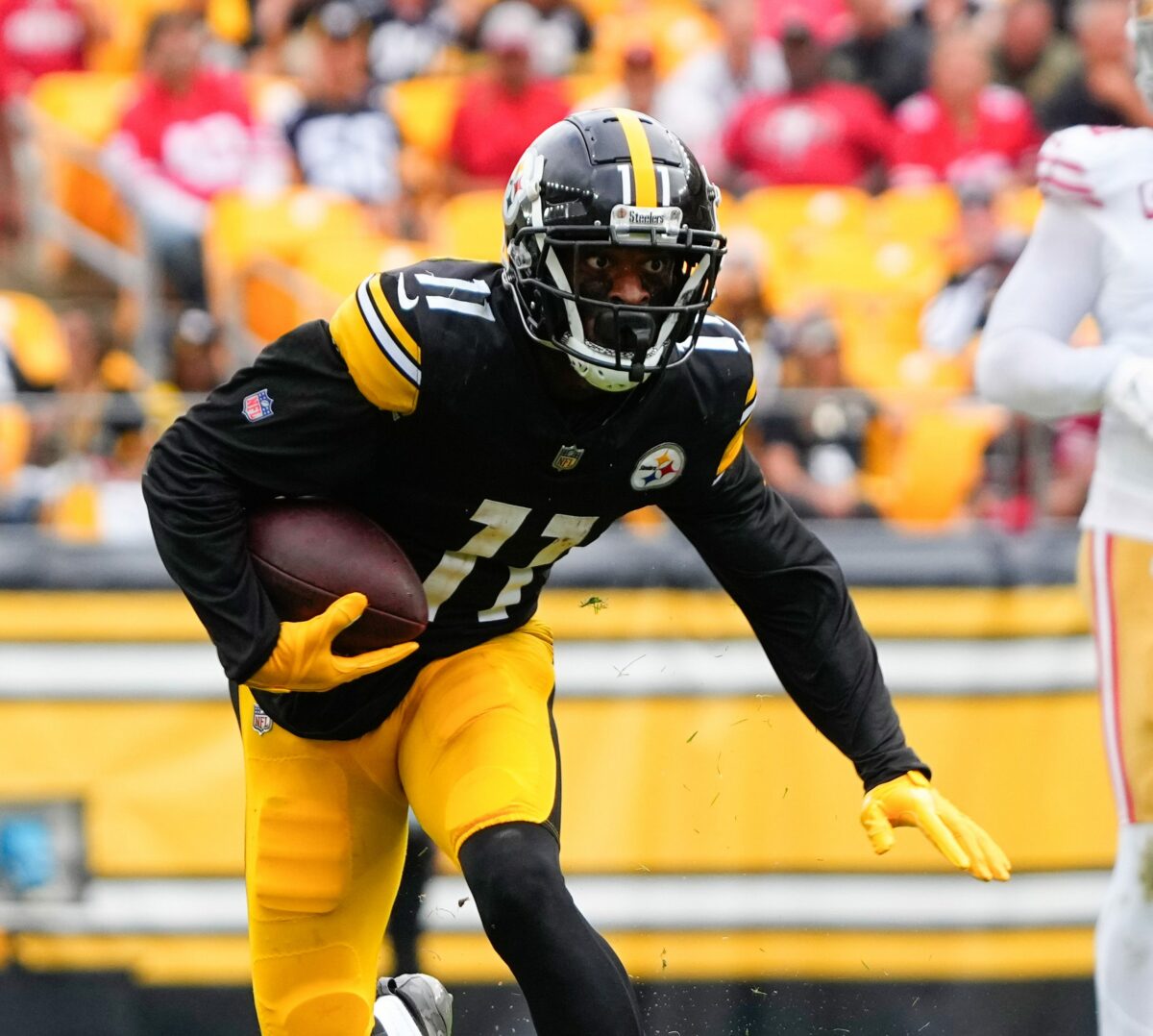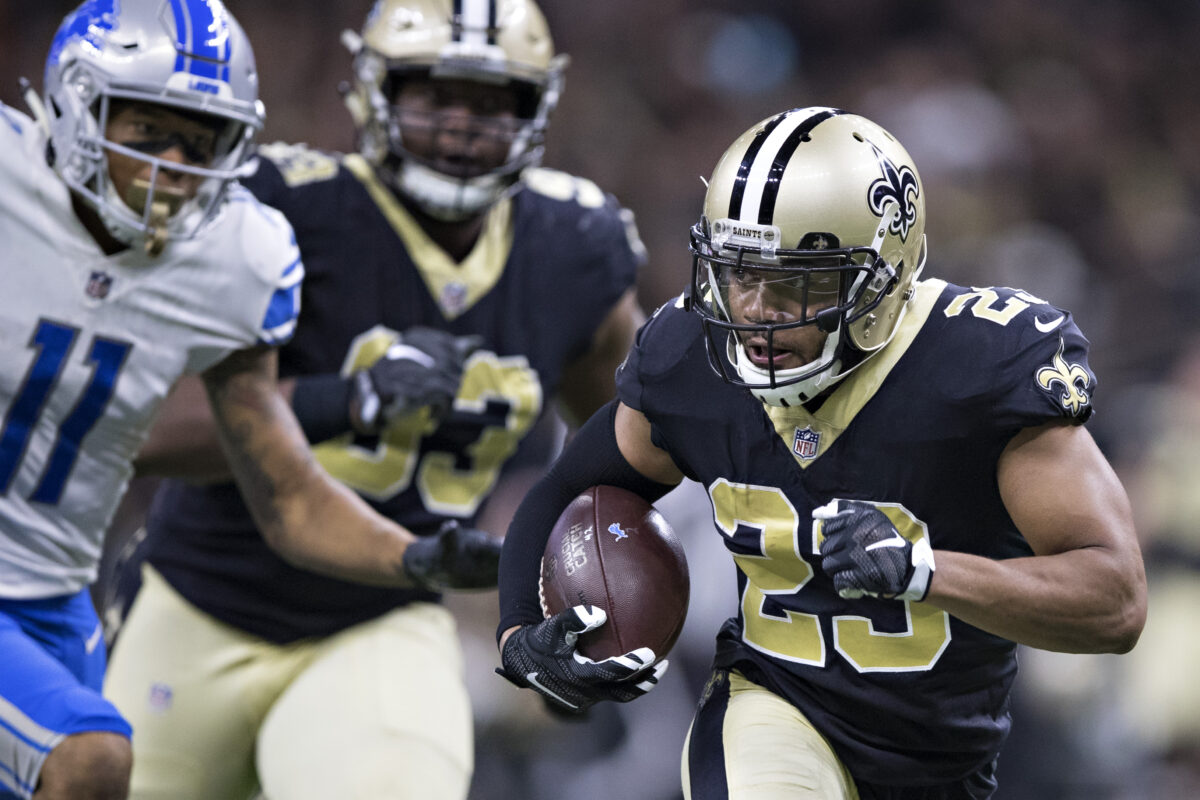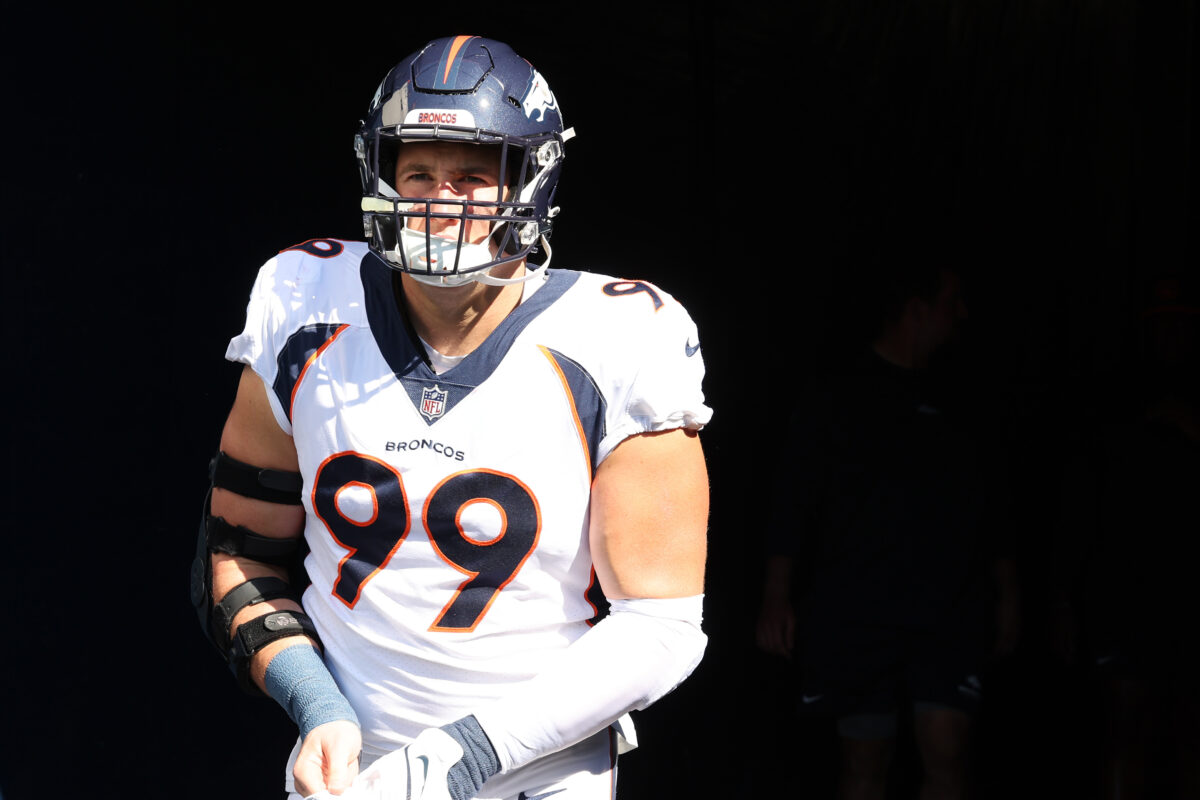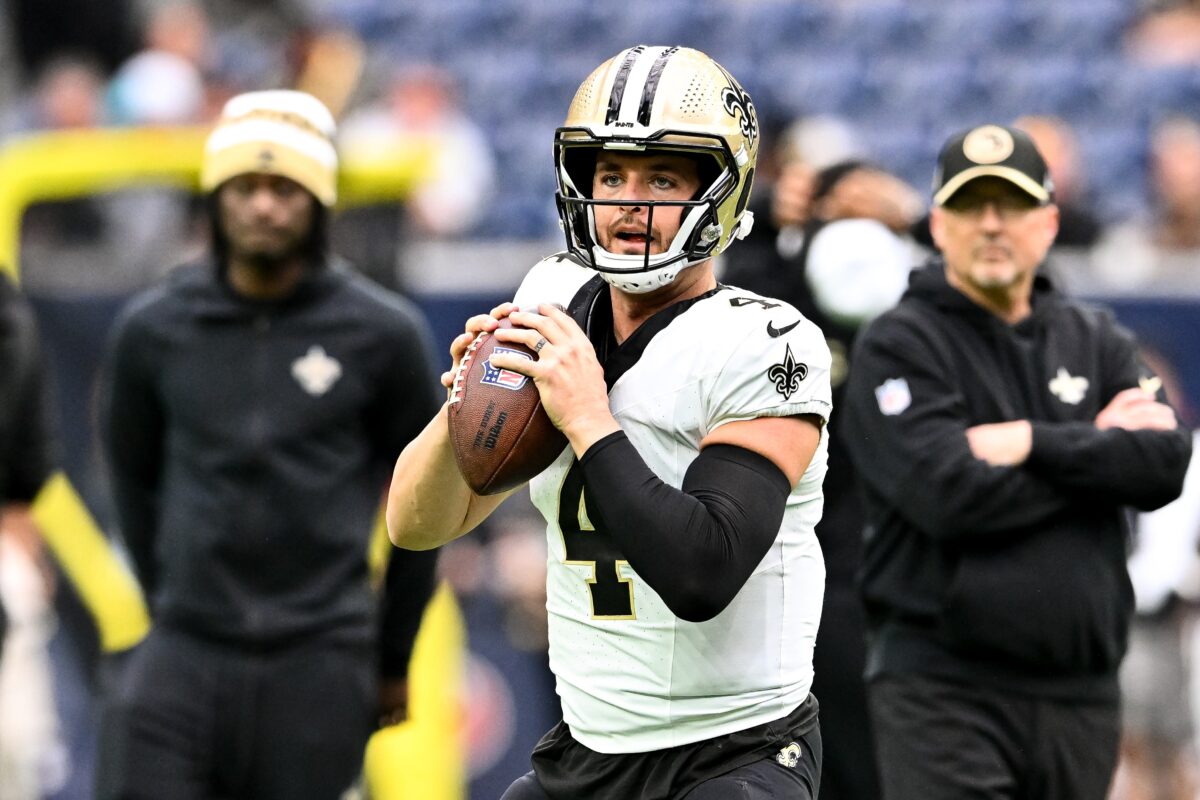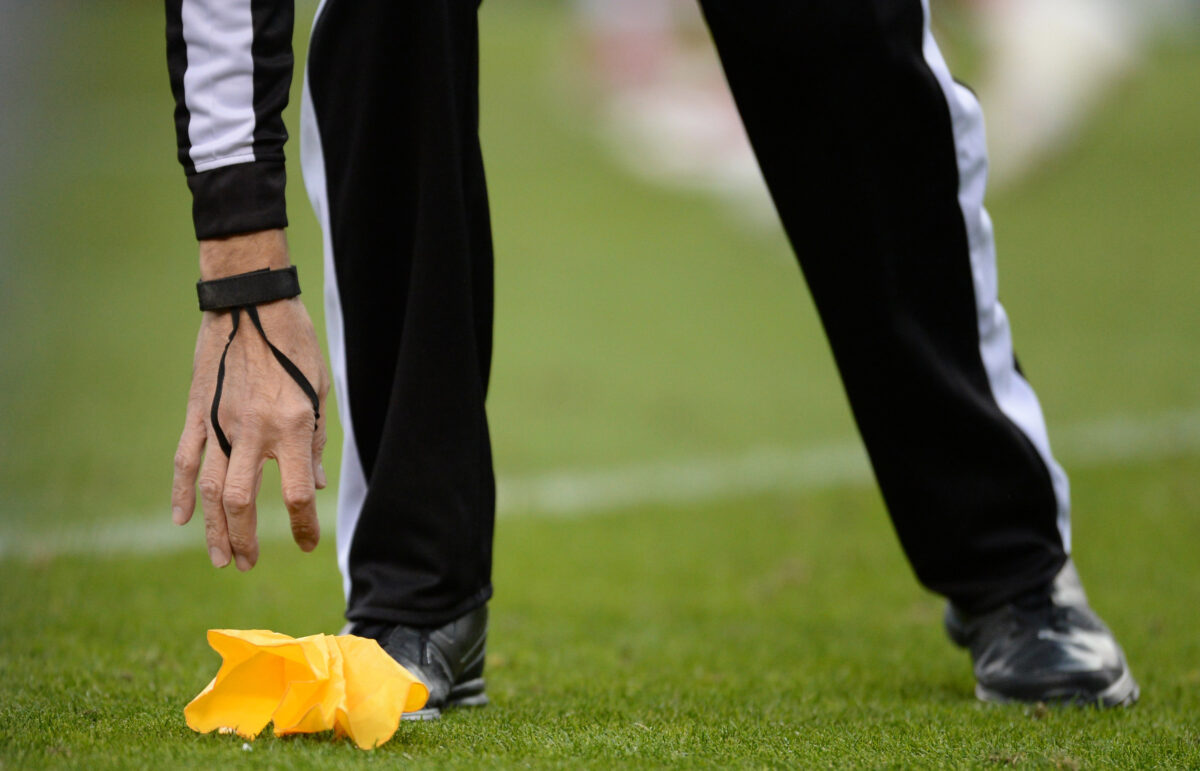Wisconsin football stepped up its game in November of 2022 with the hire of Luke Fickell, one of the industry’s hottest young names. The move marked a substantial philosophical change by Chris McIntosh and the athletic department. It was a clear attempt to invest in an infrastructure that can compete in the modern age of college athletics.
The results will not be known for years. But the desire was clear: to compete in the new age of college football.
Related: Wisconsin’s odds to win 2024 CFP national championship
The program overhaul most notably included the hire of well-thought-of offensive coordinator Phil Longo and the installation of his air raid offense. Longo brought an impressive track record from years at North Carolina and Ole Miss. He was one of the bigger names in the sport, and brought a wave of excitement and optimism. Results have been mixed so far — Wisconsin finished the 2023 season with SP+’s No. 86-ranked offense, its worst mark in years. But optimism still exists entering 2024.
The addition of Longo and the rest of the Badgers staff required investment by McIntosh and his department. That is seen in Longo’s reported salary, which is among the highest in the sport.
Here are those rankings, according to FootballScoop:
(Note: it does not include some of 2024’s newest hires including Ohio State OC Chip Kelly, as those salaries have not yet been reported)
Salary: $1.85 million
2023 SP+ Offense Rating: No. 65
Salary: $1.75 million
2023 SP+ Offense Rating: No. 51
Salary: $1.65 million
2023 SP+ Offense Rating: No. 15
Salary: $1.60 million
2023 SP+ Offense Rating (at Kansas): No. 17
Salary: $1.50 million
2023 SP+ Offense Rating: No. 13
Salary: $1.50 million
2023 SP+ Offense Rating (at Texas A&M): No. 20
Salary: $1.40 million
2023 SP+ Offense Rating: No. 97
Salary: $1.40 million
2023 SP+ Offense Rating: No. 123
Salary: $1.40 million
2023 SP+ Offense Rating: No. 1
Salary: $1.325 million
2023 SP+ Offense Rating: No. 6
Salary: $1.30 million
2023 SP+ Offense Rating (as TE coach at Washington): No. 5
Salary: $1.25 million
2023 SP+ Offense Rating (at Boise State): No. 29
Salary: $1.25 million
2023 SP+ Offense Rating: No. 86
Contact/Follow @TheBadgersWire on X (formerly Twitter), and like our page on Facebook to follow ongoing coverage of Wisconsin Badgers news, notes, and opinion. Follow Ben Kenney on X.
